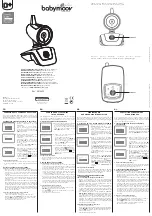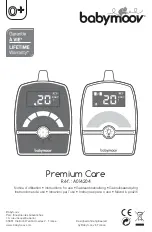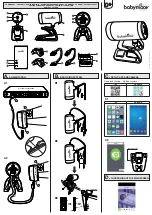
Alarms, displays, and views during monitoring 57
7 Alarms, displays, and views during
monitoring
Immediately call the emergency services when a patient remains
unconscious after being shaken or addressed.
7.1 Alarm
test
CAUTION: When beginning monitoring at a new site, make sure that
you can clearly hear the alarm signal and quickly reach the patient.
For this purpose, deliberately trigger a technical alarm.
When a patient is connected, you can deliberately trigger an alarm:
Pull the red electrode plug out of the distributor on the ECG
patient cable.
7.2
Heart rate
values based on age groups
Bear in mind that the
Heart
and
Respiration rates
drop considera-
bly with increasing age. The doctor must check and, if necessary,
adapt the alarm limits for each patient’s age group.
The average heart rate of an infant is much higher than that of an
adult. Accordingly, the alarm limit e.g. for bradycardia (too low a heart
rate) must be set considerably higher for an infant than for an adult
patient. As an orientation aid, the following table lists some medically
acknowledged approximate heart rates for various age groups and
stress situations.
Summary of Contents for VitaGuard VG2100
Page 1: ...VitaGuard VG2100 Apnea and Heart Rate Monitor Operating instructions...
Page 2: ......
Page 4: ......
Page 10: ...Table of contents...
Page 111: ...Evaluating stored data on a PC 111 Fig 72 VitaWin register Events in graph form...
Page 122: ...122 Table of figures...
Page 123: ......
















































